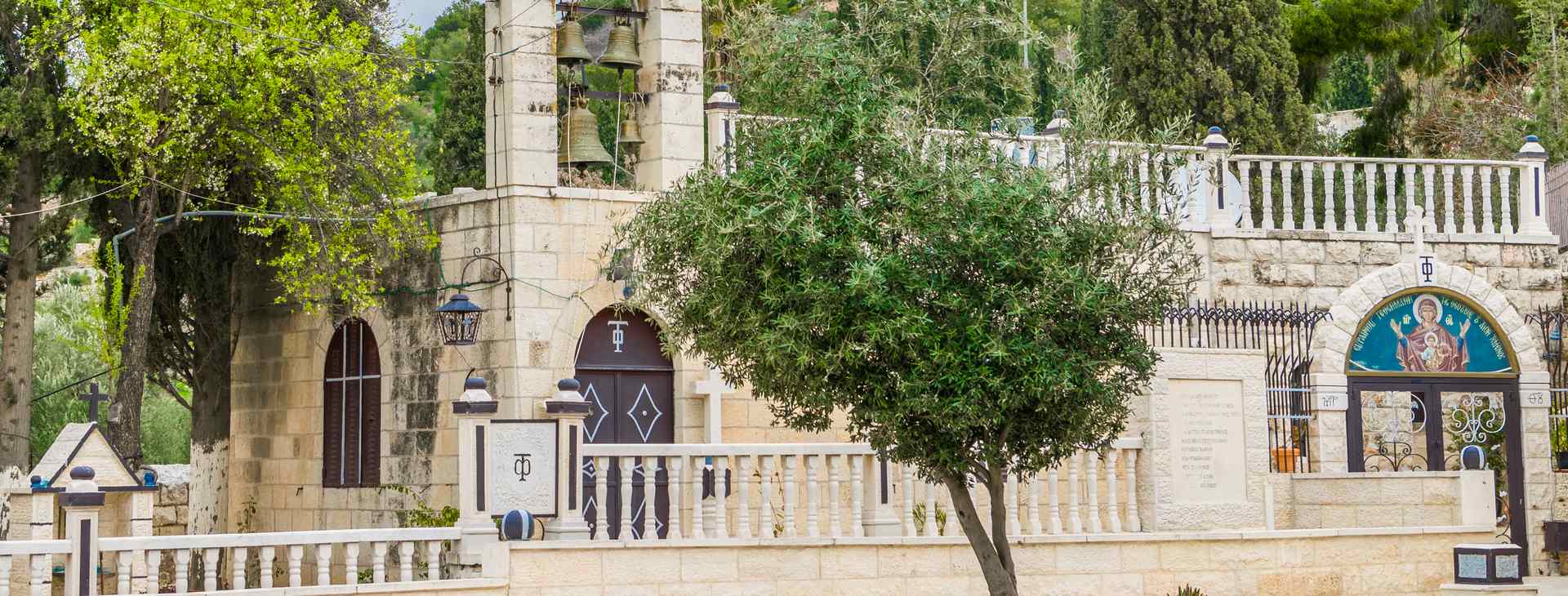In the Kidron Valley, at the foot of the Mount of Olives, near the Garden of Gethsemane and the Church of All Nations, lies Mary’s Tomb. But although most Eastern Christians believe this to be the actual grave site of the mother of Jesus, no one will claim that her remains are still there; according to Christian traditions, Mary ascended into heaven in bodily form. But while Catholics believe that Mary never died, Eastern Christians claim that she did die, was buried, and only ascended after her resurrection on the third day – like her son, Jesus.
Like the Church of the Holy Sepulcher, where Jesus is said to have been buried, the church at Mary’s Tomb was initially built around the time of Constantine I in the 4th century AD. The shrine was subsequently destroyed and rebuilt several times over the centuries, and the current structure was built by Franciscan friars in the second half of the 14th century. The Greek Orthodox Church is in possession of the complex but shares some of the rights to its use with other Christian denominations. Muslims, who also venerate Mary, have a special place for prayer in the building, marked by a mihrab (niche in the wall) that points to Mecca.
Mary’s Tomb is deep under the cruciform church, down a 12-century staircase that is flanked by the Chapel of St. Joseph (Mary’s husband) on one side and a chapel devoted to Mary’s parents on the other. Visitors must bend down in order to enter the crypt, where they are greeted by a brilliant display of religious icons and medieval art. Inside, pilgrims pray and light candles, lending the enclosure a profound aura of peace and reverence.










